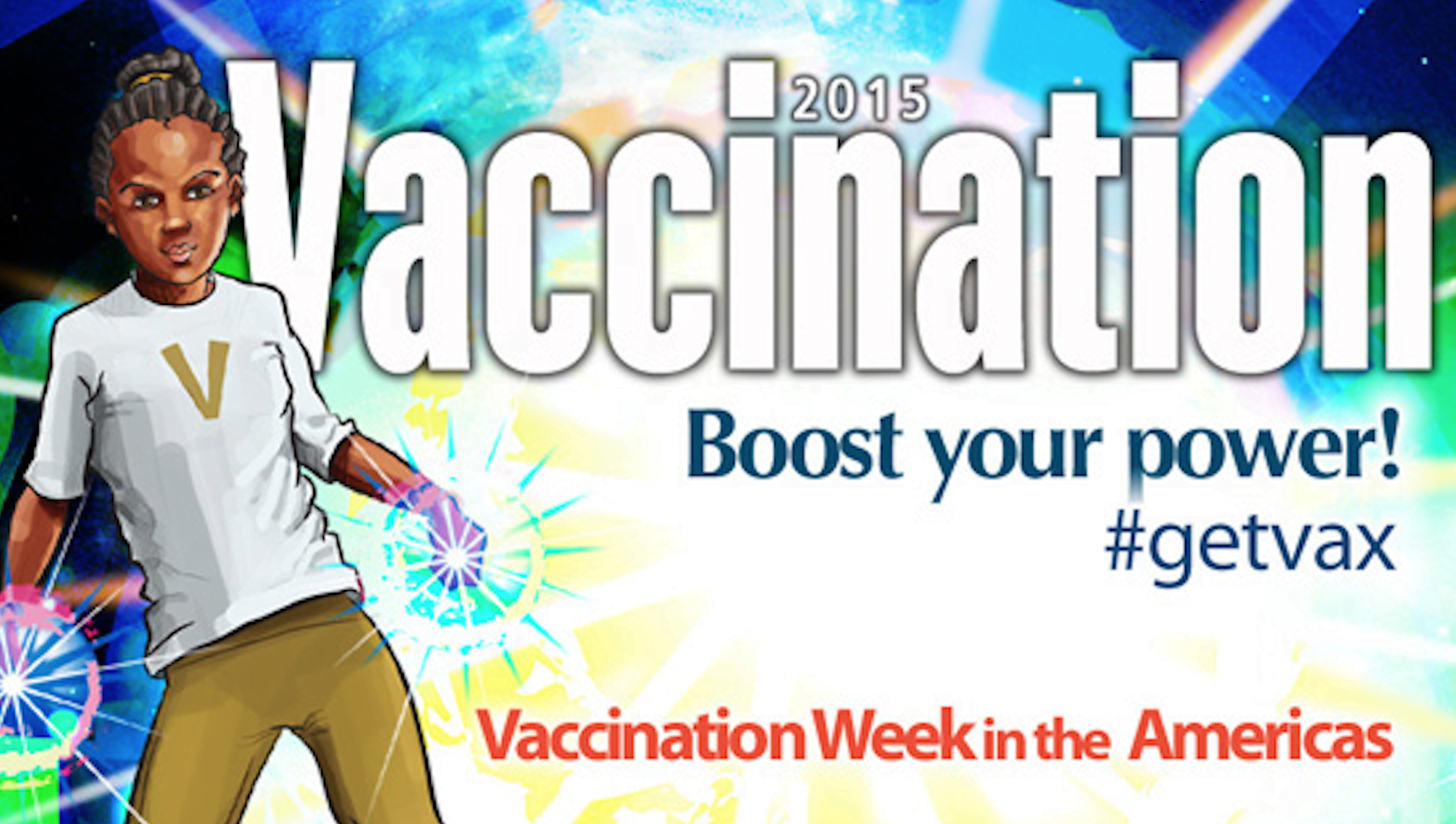Rubella has been eliminated from the Americas.
More specifically, there has been no indigenous transmission of the virus in North America, South America or the Caribbean for the last three years. This may not make front page news–so far it’s barely made any news–but this is an important achievement in humanity’s quest to rid itself of a horrible disease.
Rubella is rarely deadly. It used to be called “German Measles” and can cause a terrible rash and sicken people. However, if a pregnant woman contracts rubella early in her pregnancy, it can cause fetal death and birth defects. This is called congenital rubella syndrome (CRS)–and it’s the real target of these campaigns.
At a press conference today, the Pan American Health Organization, which is the regional WHO headquarters based in Washington, D.C., officially declared that both rubella and congenital rubella syndrome have been eliminated from the region. This makes them the third and fourth vaccine preventable disease that has been eliminated from the Americas, after small pox in 1971 and polio in 1994.
This is a big deal.
It wasn’t that long ago that Rubella was a huge concern in the United States. From 1962 to 1965 there was a global rubella pandemic. According to the US Centers for Disease Control and Prevention an estimated 12.5 million rubella cases occurred in the USA, “resulting in 2,000 cases of encephalitis, 11,250 therapeutic or spontaneous abortions, 2,100 neonatal deaths, and 20,000 infants born with CRS.”
Then, in 1969 a rubella vaccine became widely available in the USA and cases declined dramatically to the point where there were only four cases in the USA from 2005 to 2011. Other countries in the Americas similarly launched universal vaccination campaigns to the point where endemic transmission of rubella has now been eliminated.
“This was anchored by political will and commitment of governments,”said Carissa F. Etienne, Director, PAHO/WHO at a press conference announcing the milestone. “This is a victory or partnerships, including the Centers for Disease Control, UNICEF and the United Nations Foundation.”
“As was true with small pox and polio, it shows how important it is to make vaccines available even the remotest corners of our continents, and maintain an achieve universal coverage,” said Dr. Etienne.
Still, worldwide, there are still about 120,000 cases of CRS each year. These are mostly concentrated in the poorest countries in sub-saharan Africa and Asia. The World Health Organization set a goal of eliminating Rubella in five of is six regions by 2020. (It’s probably not realistic to expect elimination in Africa region in the next five years.) It is now one more region closer to that goal. The next region to go is probably going to be Europe, where Rubella is similarly on the ropes.
Today’s announcement is yet another demonstration of the value and power of vaccines. National and international vaccination programs can–and have–successfully eradicated diseases that in previous eras have plagued humans and inflicted untold misery. PAHO’s next goal is to eliminate measles from the region. “With rubella under our belt, it is time to roll up our sleeves and finish the job of eliminating measles,” said Dr. Etienne.
That will be difficult because measles is so highly contagious. But it is not at all impossible. We are living in an era of human history in which these diseases are vanishing from the face of the earth. That’s because of vaccines.
